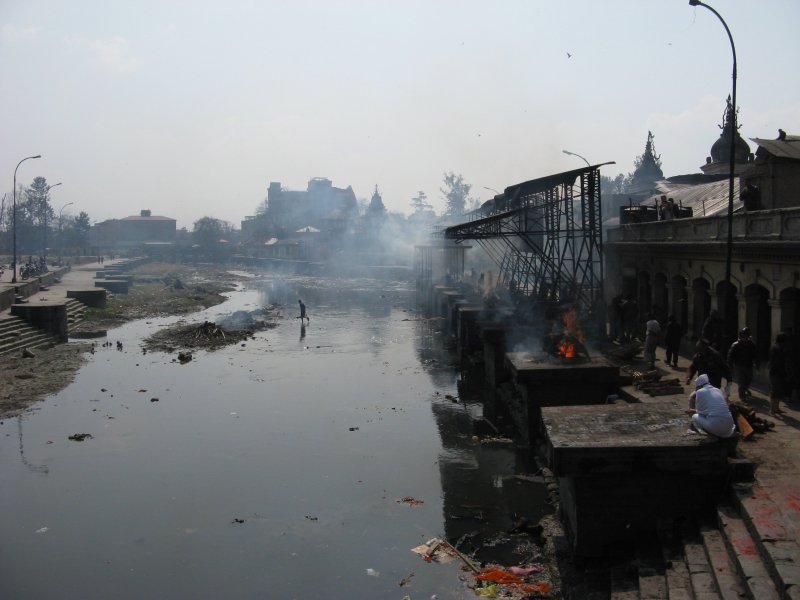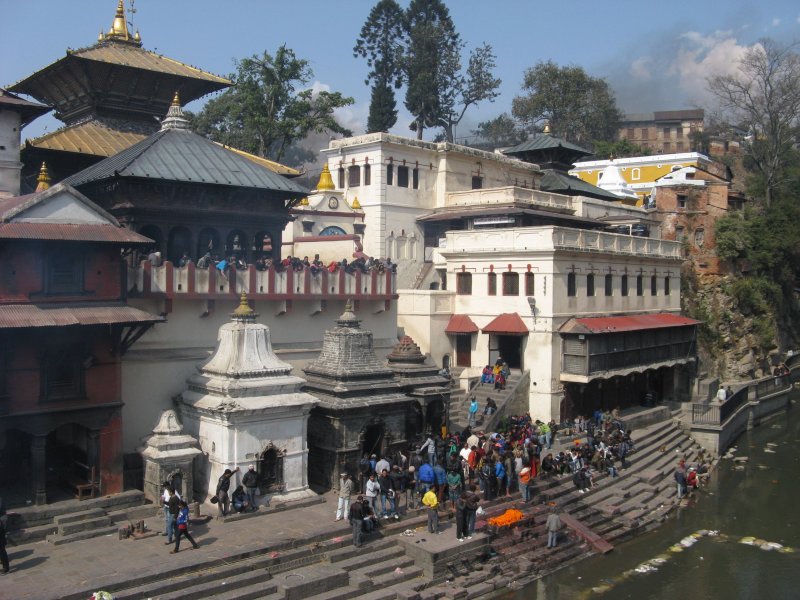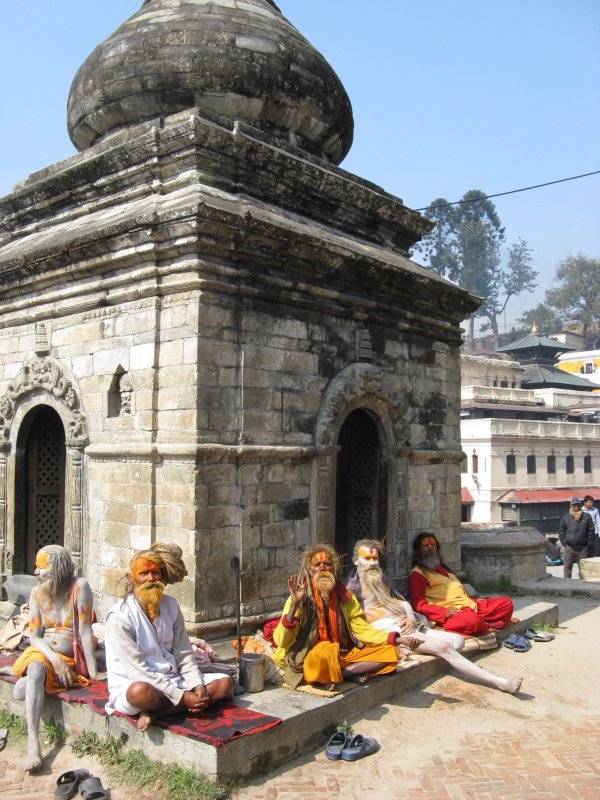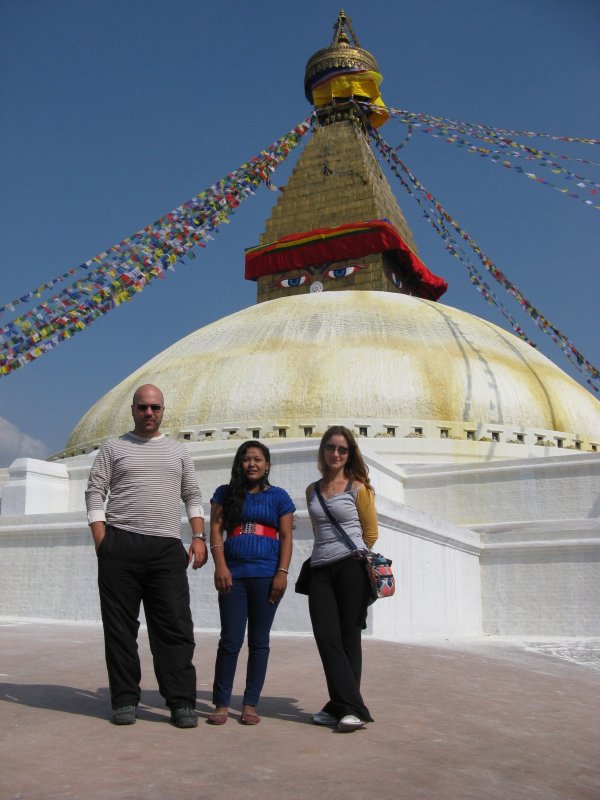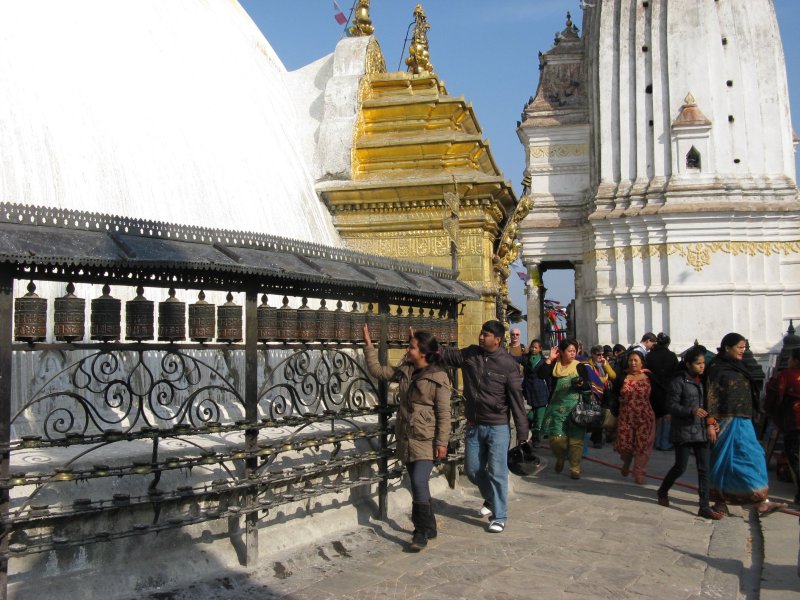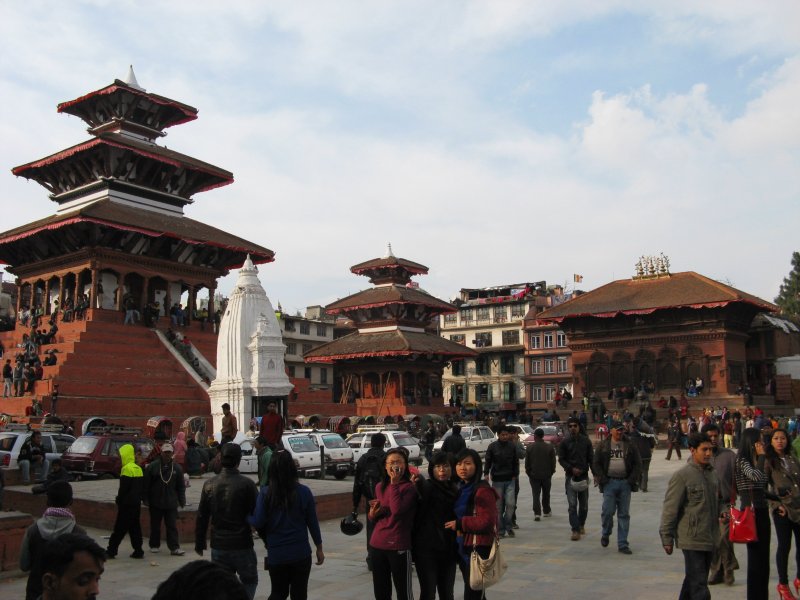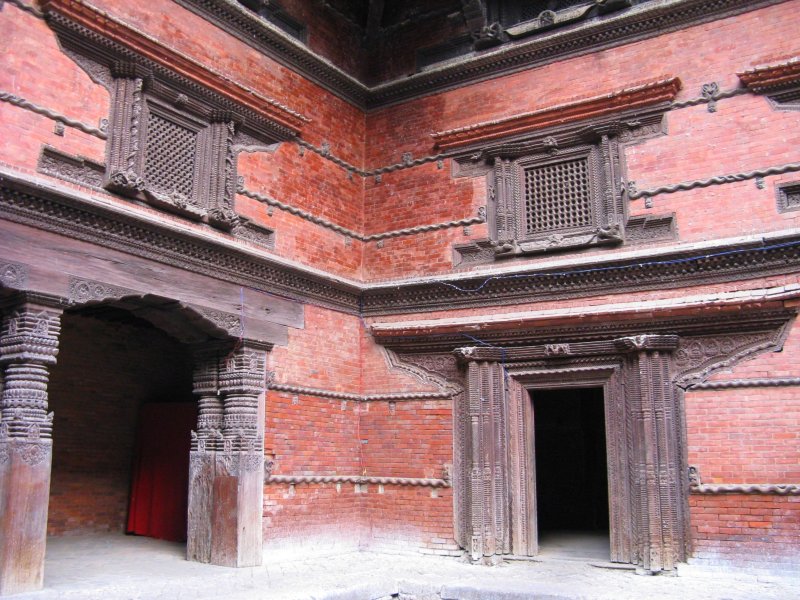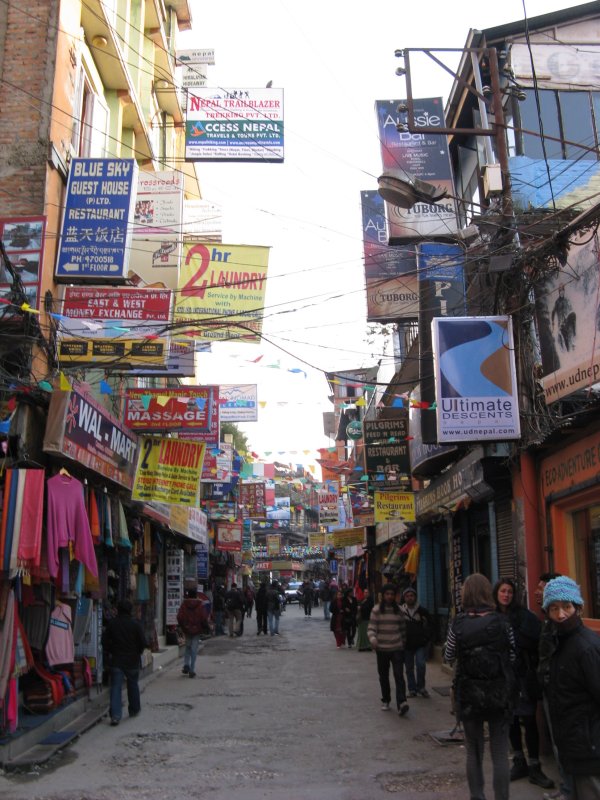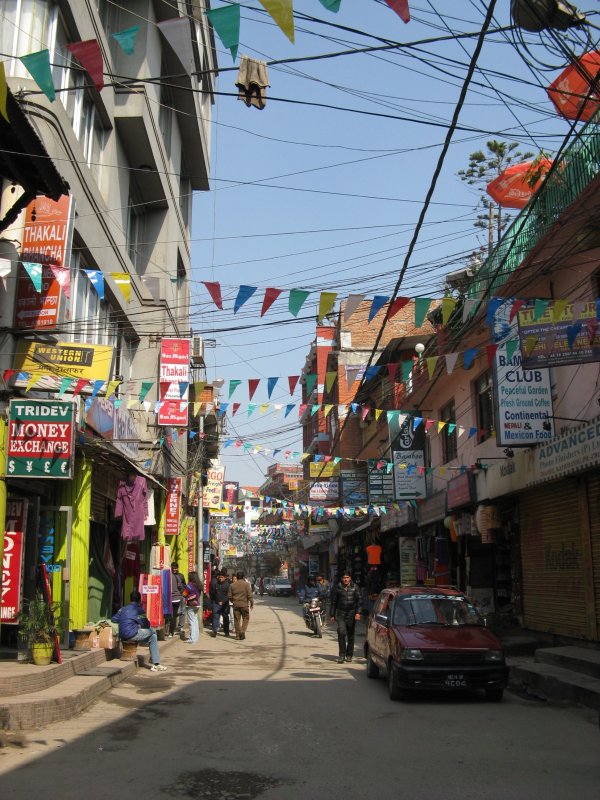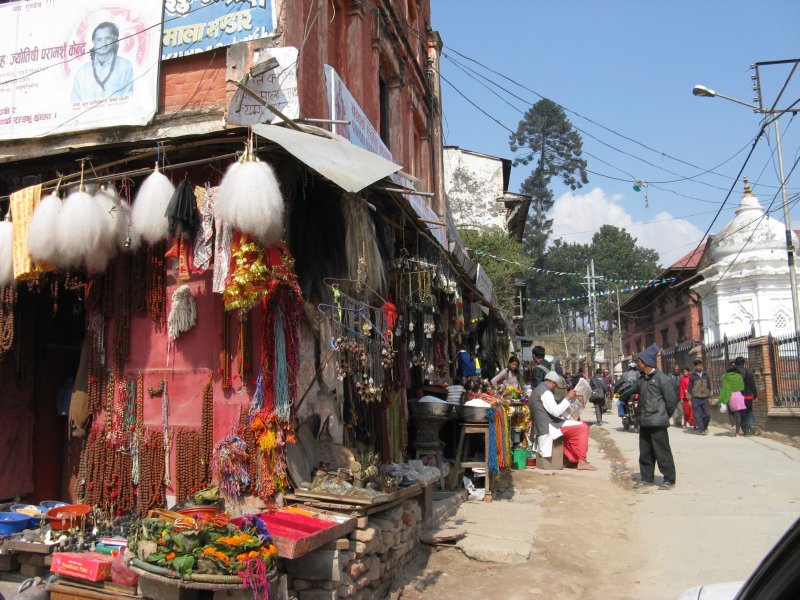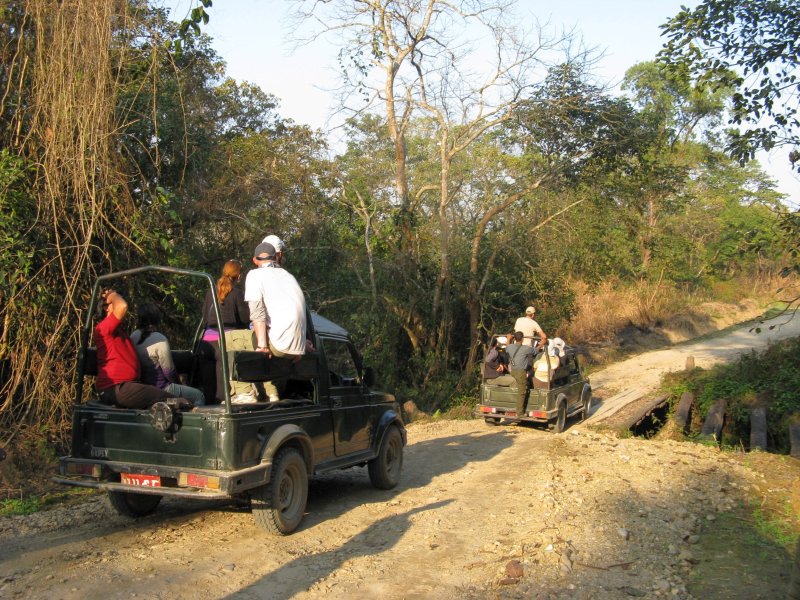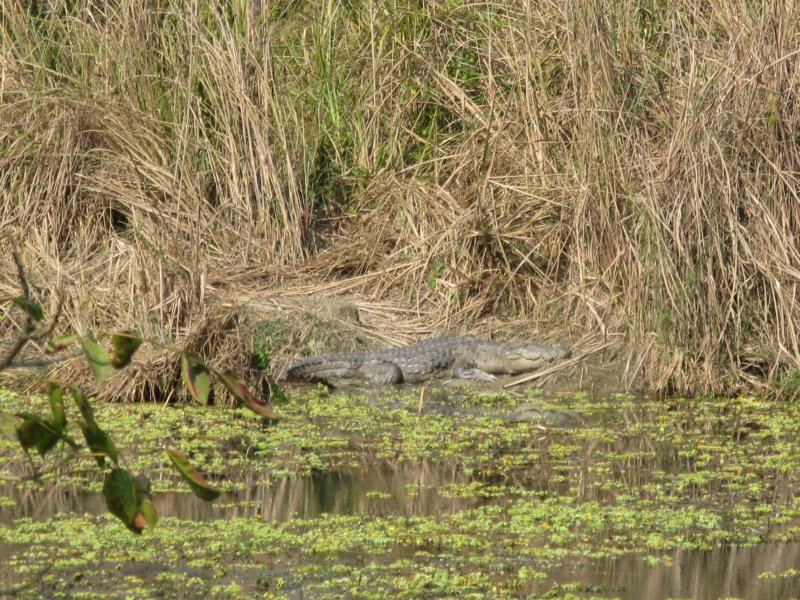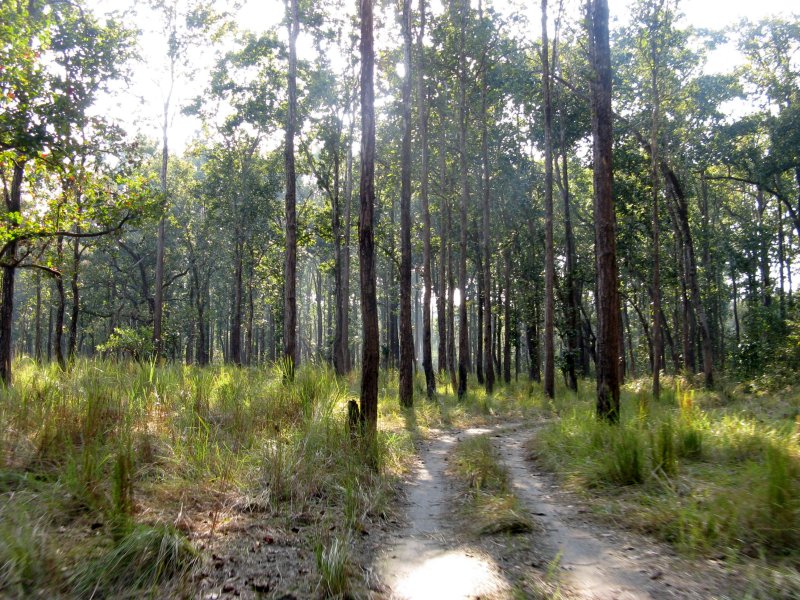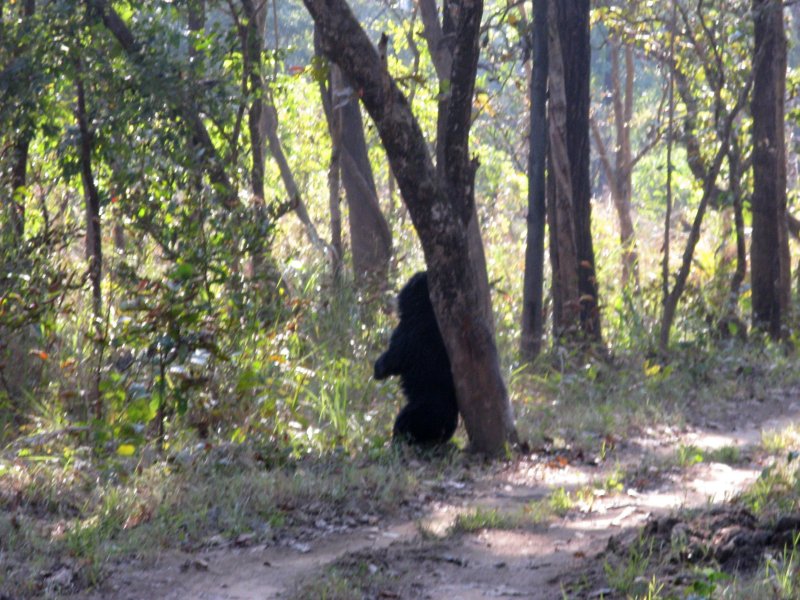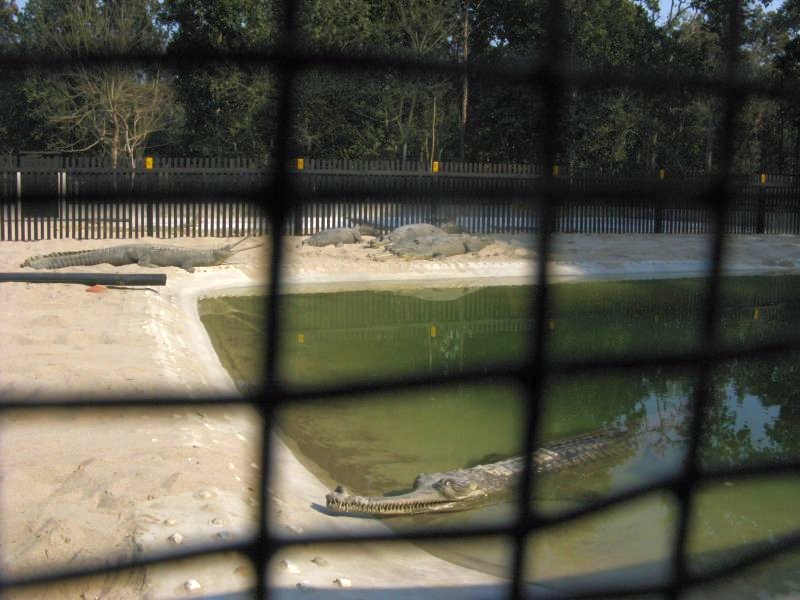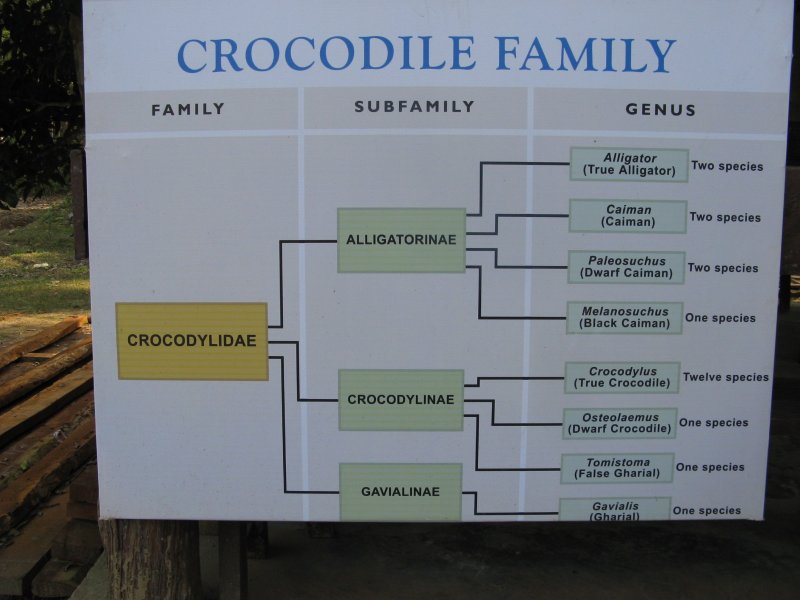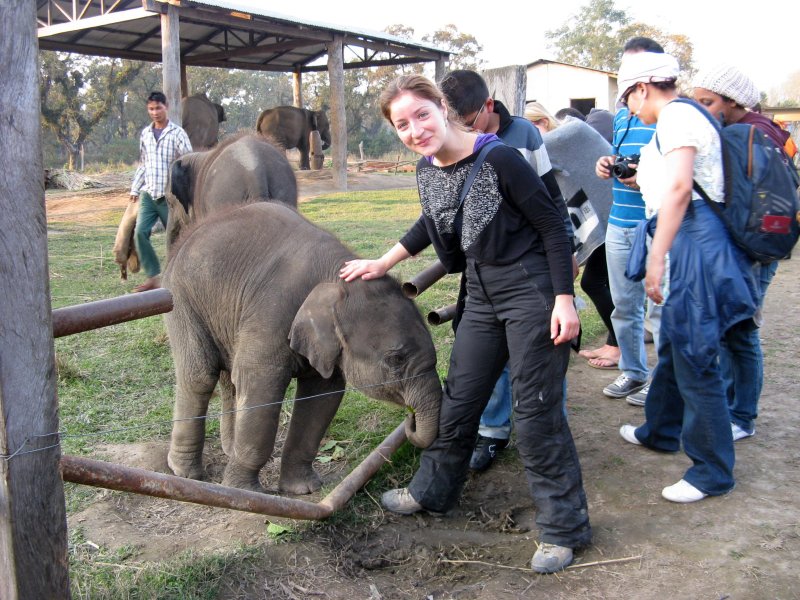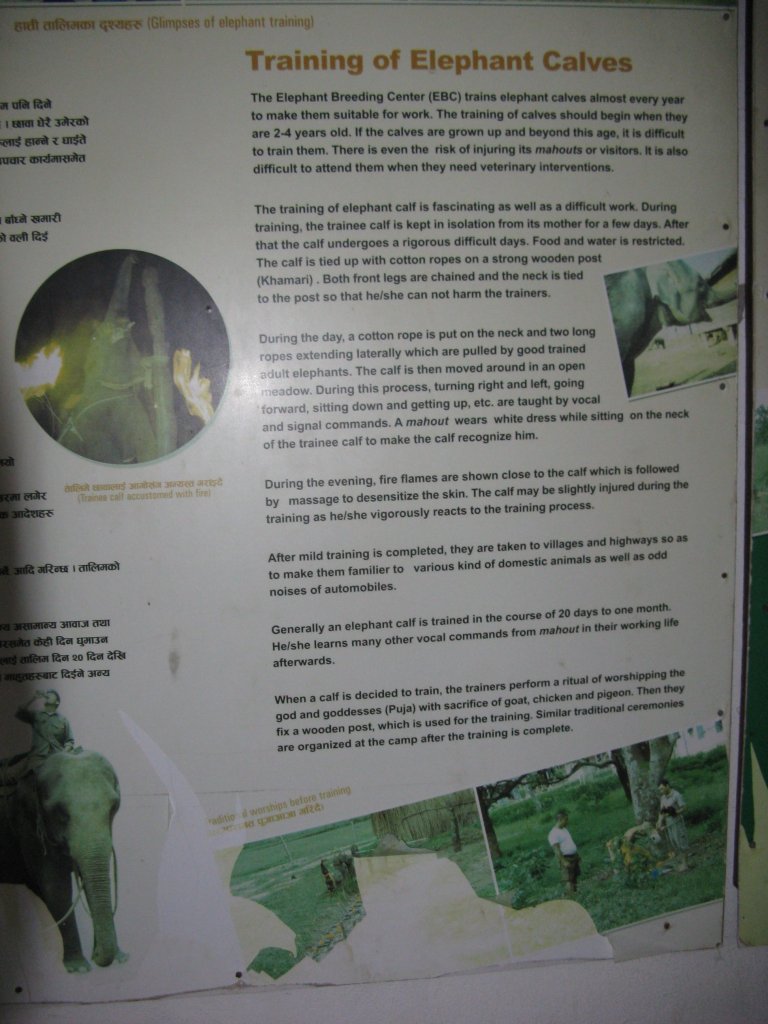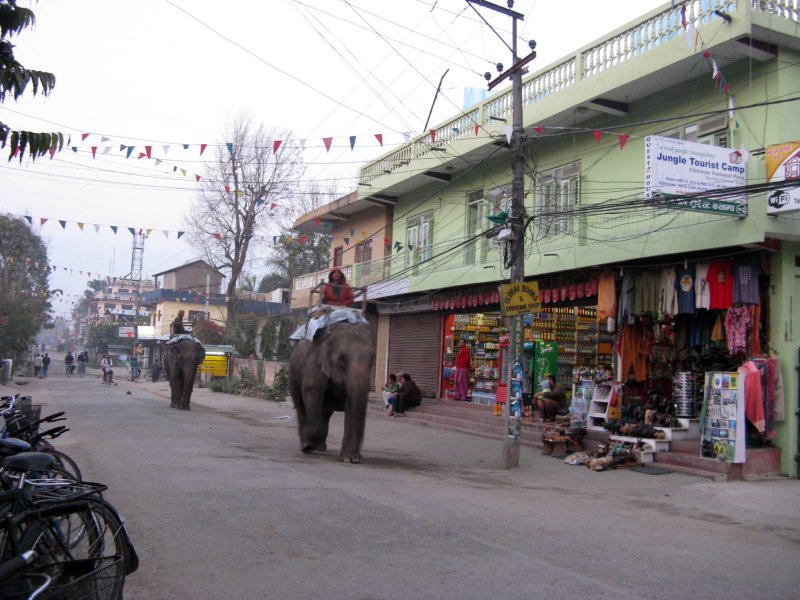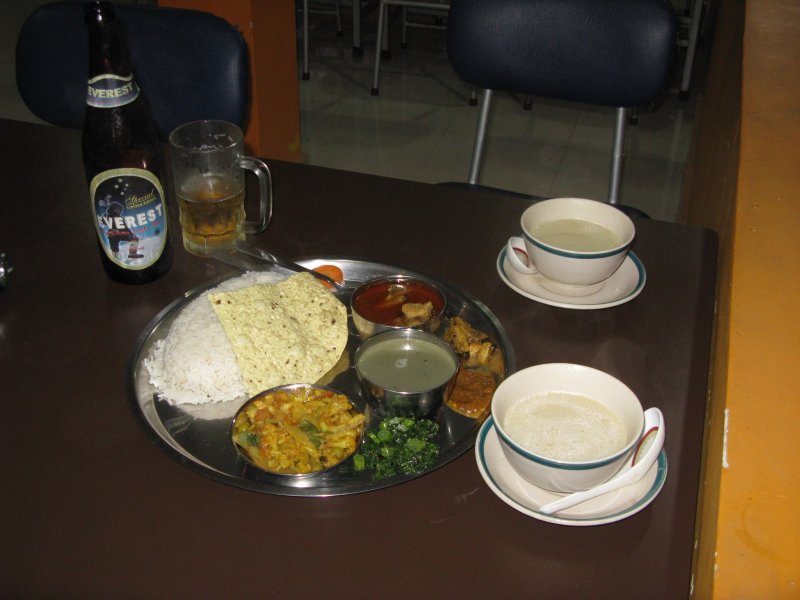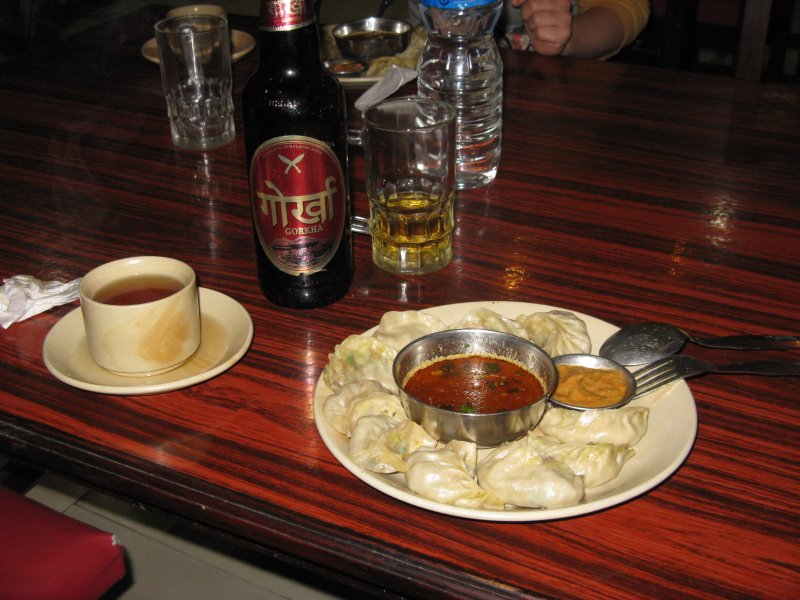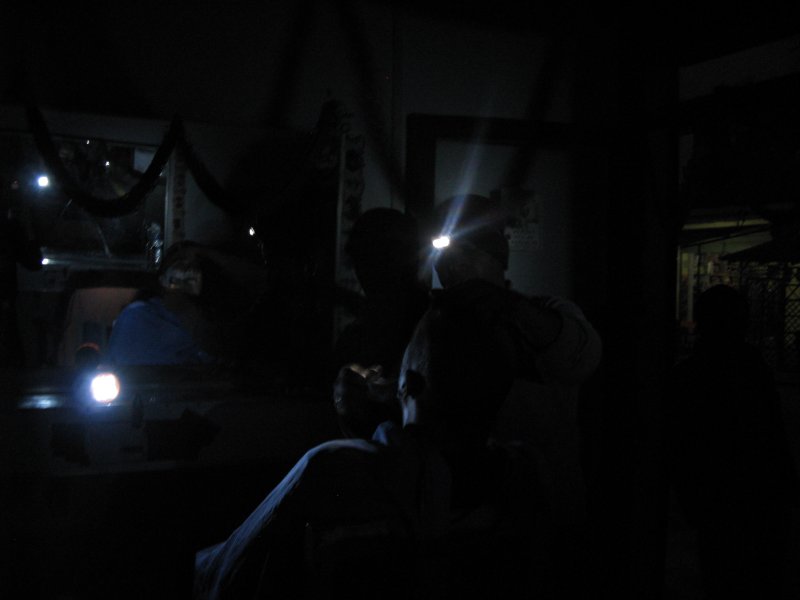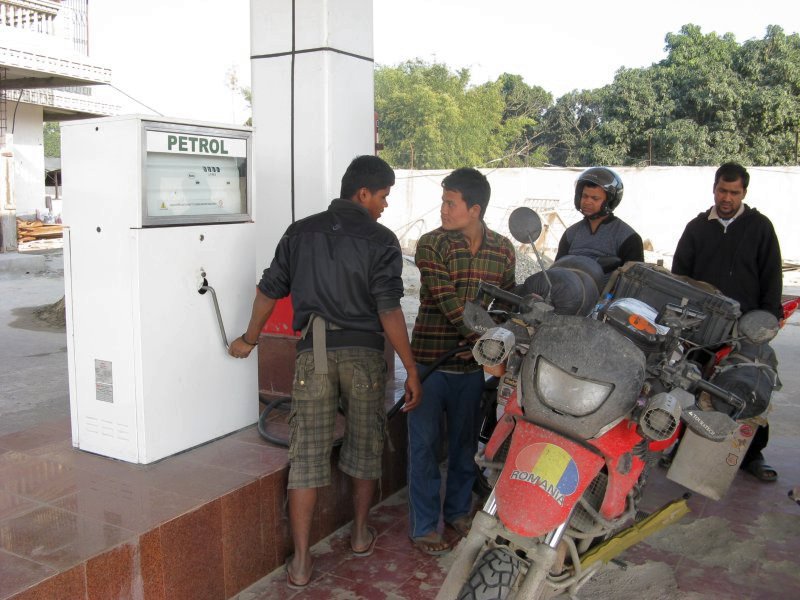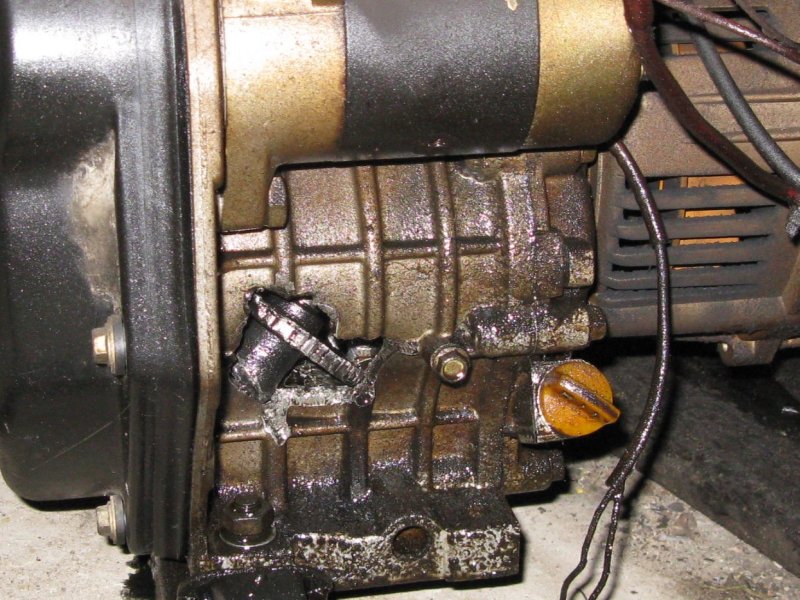We actually visited Kathmandu just after arrival in Nepal, but I couldn’t write about it at that time as there was no reliable internet available (due to many blackouts). We booked a 5 hours private tour with driver and guide.
First we went to the Hindu temples at Pashupatinath (first 3 pictures). The river divides this UNESCO World heritage site in two areas. One is used exclusively by the hindu people for incineration of the dead, while the other side is for tourists and general public. The visit would have been a lot more pleasant if it wouldn’t have been for the trash that was lying everywhere: on the both sides of the river, inside the river and all surrounding areas. Maybe UNESCO should also provide some brooms and trash bins at the time of nominations.
After this the guide took us to the Boudhanath, one of the oldest Buddhist sites in Kathmandu. (picture 4)
Then we went to Swayambhunath temple and stupa area, which offers, at the same time, a nice panoramic view of the city (pictures 5 and 6). This is a UNESCO World Heritage site.
Finally we arrived at Durbar Square, a historic location with many buildings dating before the unification of Nepal (pictures 7 and 8). This site is also on the World Heritage list. A common detail on all buildings is the wooden sculptures enclosed in apparent brick walls.
Except for 2 or 3 avenues (no wider than 2 lanes per direction), the city is made of narrow and crooked alleys (last 3 pictures) that have no sidewalks. Pedestrians, animals, bicycles, cars and trucks share this maze causing continuous traffic jams. Add the gross pollution and you get an actual picture of what life is for the ordinary people of Kathmandu. This is the main reason why we decided to leave the city as soon as possible.
